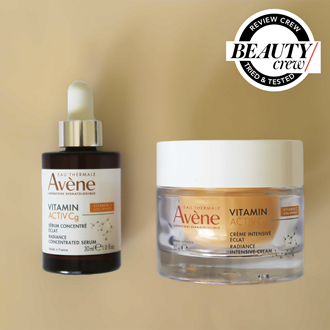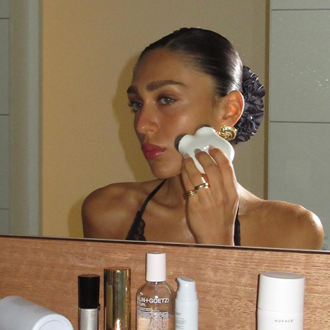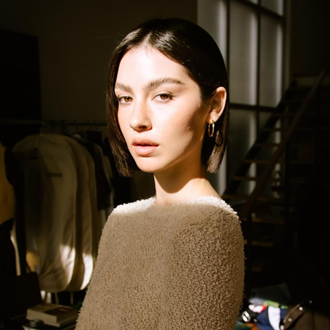The cutting edge beauty tech that’s making our lives so much easier
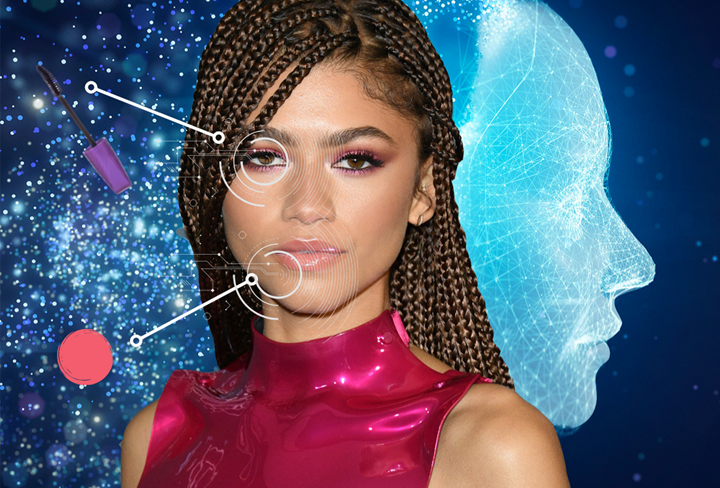
AI technology to the rescue

By Samantha McMeekin
Editor / October 28 2021
Did anyone else think that by the year 2021 we’d all be getting around on hoverboards and using computers to pick out our wardrobe each morning? Yep, Back to the Future II and Clueless sure have a lot to answer for, but our tech innovations to date haven’t been total failures either.
Each and every day many of us use facial and fingerprint recognition to unlock our phones, and video conferencing has never been so important; not just for business but staying connected with friends and family too.
And the same goes for the beauty industry. While many brands began introducing AI technology years ago, not many of us paid much attention or had use for it until the pandemic had us confined to our homes.
With online shopping not only convenient but a necessity for some, the ability to browse and purchase beauty products as close to the real-life experience has created a newfound appreciation for the innovations we have access to.
So if you’re not already, here’s how to take full advantage.
Trying it on for size
Remember when everyone was using the Snapchat dog filter to look cute? Replace the floppy ears and tongue with different hair shades and lipstick colours and you’ve got yourself one heck of a virtual try-on tool.
L’Oréal Groupe's acquisition of beauty tech company Modiface in 2018 became particularly handy in 2020 when makeup testers were removed from stores. The makeup try-on tool the tech possessed provided shoppers with a realistic alternative to swatching.
“The virtual try-on tool uses the video camera of your mobile phone,” explains Matthijs Van Der Putten, Chief Marketing Officer at L’Oréal Australia. “You can move your head to see the product on your face from all angles and the results [are] hyper-realistic and a good indication of how the shade will look on you.”
The business utilised QR codes in-store to access Modiface as well as across the Maybelline and L’Oréal Paris websites, where the results of at-home hair dyes could also be previewed.
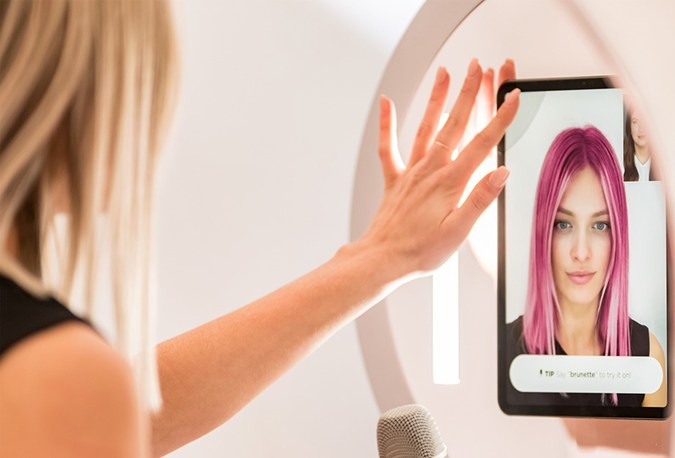
Virtual shade matching
No matter how many hacks you know, finding the right shade of foundation is always such a task. However, the tech game is looking to change that.
Launched in 2012, Findnation is one clever online tool that uses its database to help you find your match in a brand based on other shades you’ve used from other brands.
But if you never remember your shades or don’t want to use a camera to try things on, brands like IL MAKIAGE have built online quizzes using advanced AI algorithms too.
“The PowerMatch algorithm utilises machine learning to precisely match beauty complexion products – foundation, concealer, etc. – with over 90 per cent accuracy, [and] without ever seeing the consumer’s face,” says IL MAKIAGE Co-founder and CEO Oran Holtzman. “For more than a year, our data science, R&D and engineering teams have combined the results of millions of data points to create the initial algorithm, which, using machine learning, continues to improve every day.”
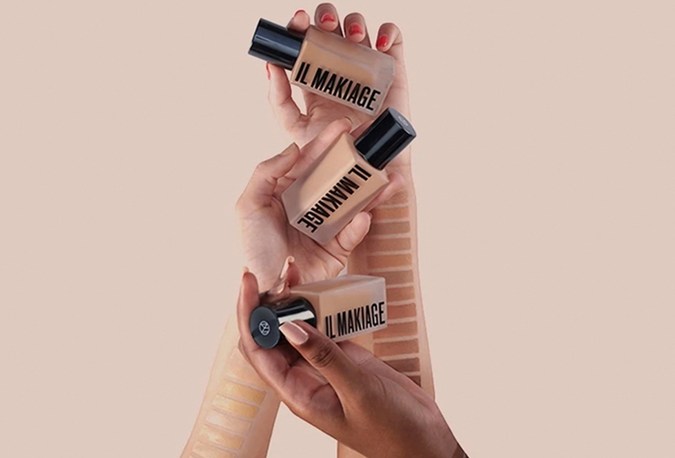
Going a step further in 2021 and tackling colour, CHANEL unveiled its LIPSCANNER app. The app can identify any lip colour, in any finish, from any image, and offer a corresponding CHANEL product for virtual try-on almost instantaneously.
“LIPSCANNER combines our makeup savoir-faire with AI to bring CHANEL’s entire range of lip products to our customers’ fingertips in real-time,” says Cédric Begon, Director of the Connected Experience Lab at CHANEL Fragrances and Beauty. “Instant colour matching is the result of intensive algorithm-training, to be extremely fast at proposing the relevant CHANEL lipstick.”
So whether you see a lip colour in a magazine, on Instagram or even in real life, scan it and you’ll be presented with the best match from over 400 CHANEL shades to try it yourself. Pretty impressive.
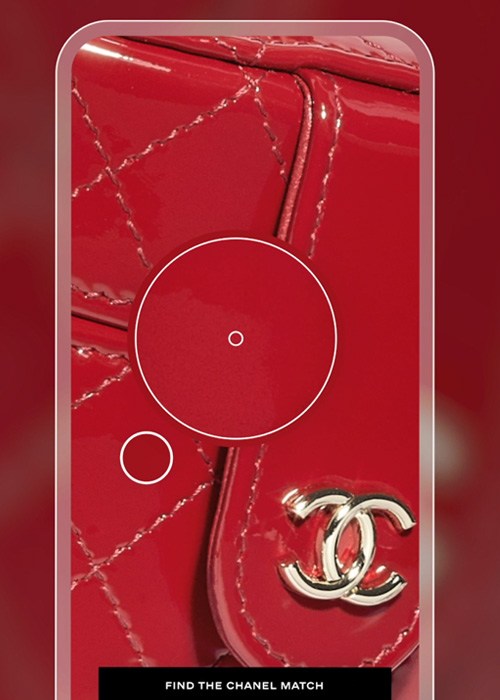
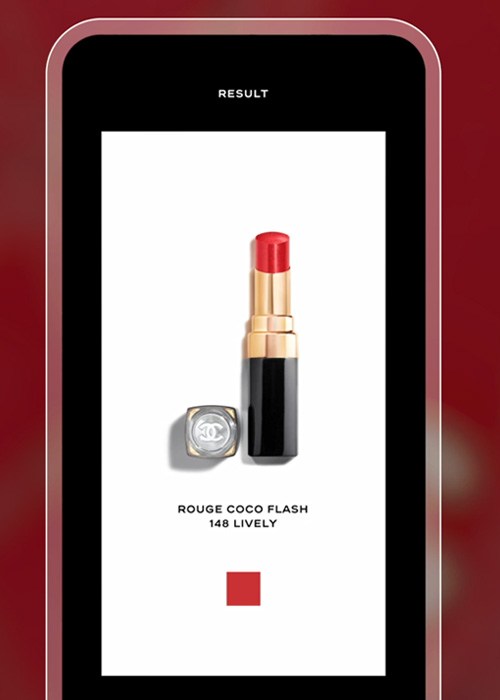
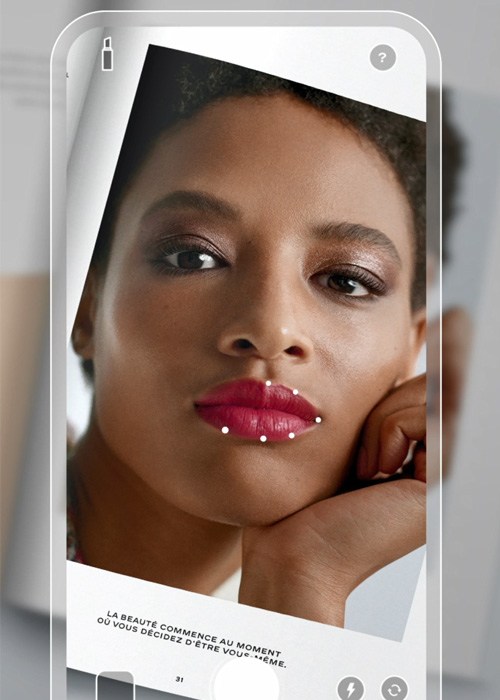
A whole new level of personalisation
Every human is unique, which is why the same beauty products won’t work for everyone.
And while we’ll happily try things out and read reviews to guide us, if science and tech can help eliminate error and predict what our skin and hair needs before we even know it, sign us up.
When it comes to catering to specific skin needs, Skinceuticals recently introduced Custom D•O•S•E; an in-office service designed to create a custom serum based on individual skin needs. The Skinscope (Skinceuticals’ skin care diagnostic tool) uses two LED light modes to review visible concerns and underlying damage, which is then combined with a quick consultation to determine the exact ingredients (and level of ingredients) needed in each unique serum for each person’s unique concerns.
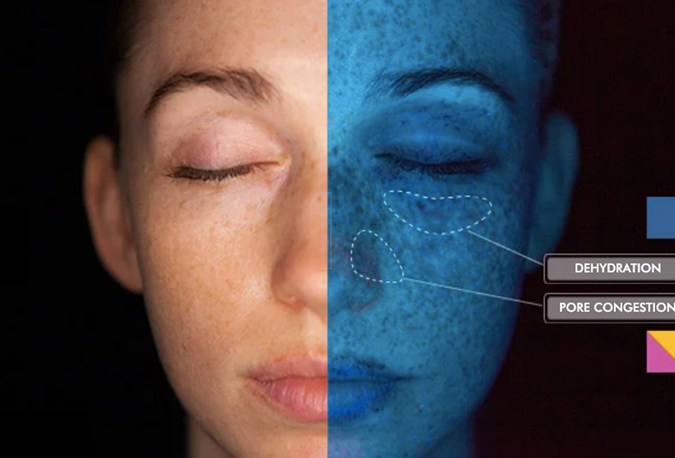
L’Oréal’s Modiface tech also comes in handy for predicting skin ageing, with its Skin Genius tool based on more than 10,000 pictures of people and their wrinkles. “Through the use of AI and machine learning we can predict how wrinkles will form on your face based on the observations from other people,” says Van Der Putten.
Simply upload a selfie and you’ll receive a personalised skin analysis and tailor-made product prescription.
What we can expect from future beauty tech
In the words of ‘90s UK pop group D:ream: Things can only get better.
Van Der Putten says the aim with AI technology at L’Oréal is to continue to provide a personalised experience for people when browsing or shopping on websites.
“The ultimate goal is to provide personalised products based on a diagnosis that can identify (based on data) what the best product, or active ingredients are for your skin or hair.”
The accessibility of ready-made beauty tech is also likely to improve, appearing on more and more websites and shoppable platforms.
And even here at BEAUTYcrew, we’re looking forward to the day where you can try on the product you’re reading the reviews about. Yep, the future's looking bright.
Main image credit: Getty
Want more great features like this? Read the rest of our digital issue.
Related tags
chanel /


